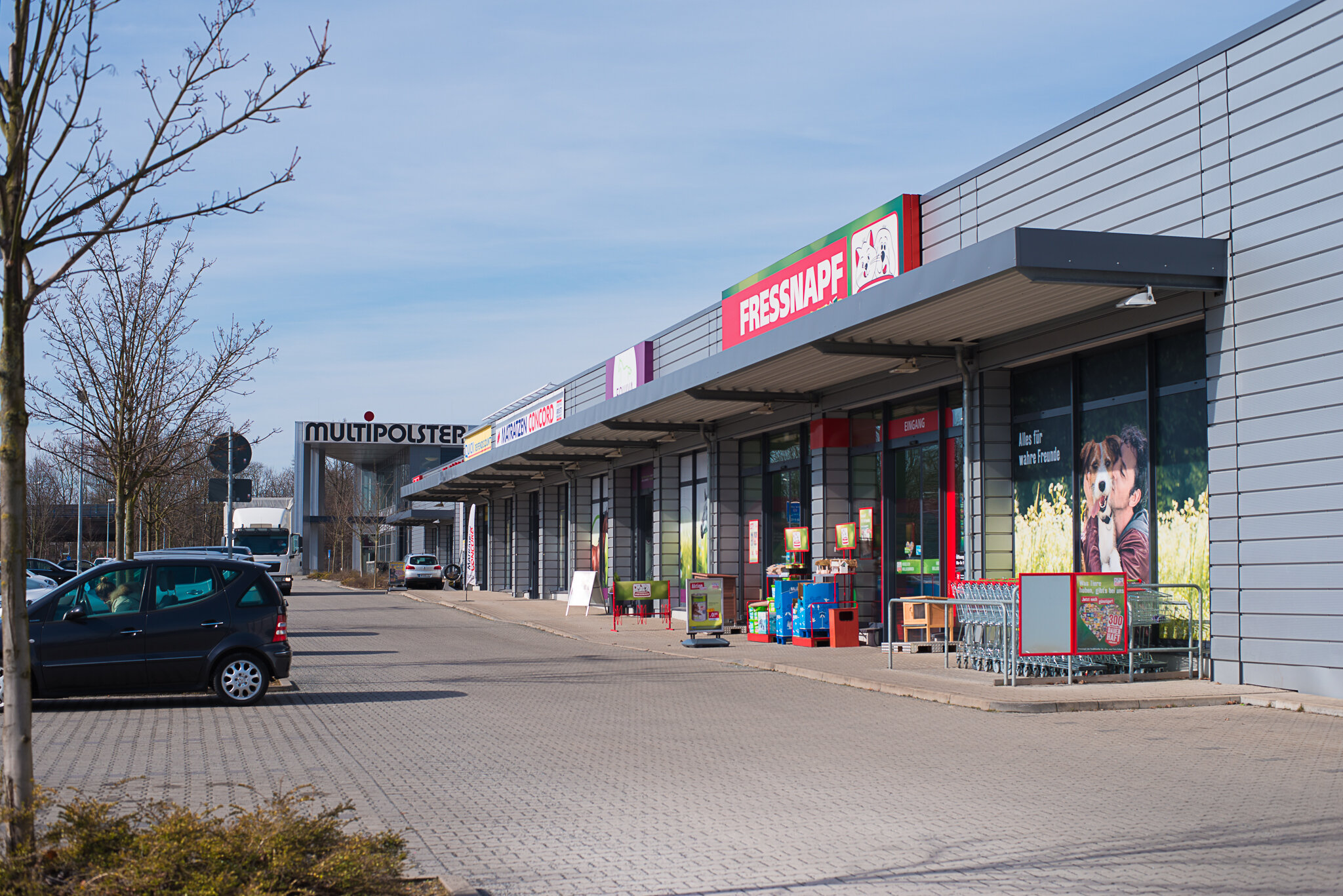Effect of the focal length
The effective focal length of a lens determines the angle of view depending on the sensor size. This determines how much an object is enlarged or reduced in relation to the camera position. Wide-angle lenses have short focal lengths (e.g. 10-20 mm) and can show large angles of view from 80-120°, in extreme cases up to 180° (fisheye lens). Normal lenses represent an angle of view around 50°, while telephoto lenses with focal lengths of more than 80 mm, up to the more than 2,000 mm range, result in a very small view angles. With wide-angle lenses, small rooms can be photographed or entire buildings can be fully captured at close range. With telephoto lenses, on the other hand, it is possible to capture details from a greater distance in full format.
The focal length is usually given in millimeters and is directly related to the angle of view. Lenses with an unchangeable focal length are called prime lenses or primes. The image frame cannot be changed by "zooming". On the lens. There are simple specifications regarding the focal length, as well as the aperture, which describe the basic technical characteristics of the lens, e.g. 135 mm 1:2.8. This specification means that this is a telephoto lens with a non-adjustable focal length of 135 mm and the aperture can be opened to a maximum value of f/2.8. For zoom lenses, however, the smallest and the largest focal length are specified, e.g. 24-70 mm.
However, the information regarding the focal length only provides information about the actual angle of view with regard to the sensor size. The three most common image formats in the professional sector are arranged in ascending order of size: The APS-C or DX format, the full frame format and the medium format.
While a 50 mm lens on a medium format camera can have a wide angle effect, on full frame it is considered a normal lens and on an APS-C camera or Crop camera it would deserve the name of a moderate telephoto lens. Due to the smaller sensor size, this results in an effect that is equivalent to "cropping" an image, which of course changes the angle of view, similar to the digital zoom of a smartphone camera.
If a picture would have been taken with a high-resolution full frame camera (e.g. Nikon D850) and cropped on the computer in such a way that approx. 17 % would have been lost towards the edge of the picture, the final result would not be distinguishable from the photo of an APS-C camera (e.g. Nikon D500), using the same lens. Since a smaller sensor size is equivalent to the mental cropping of an image, this is referred to as the "crop factor" of a camera. Numerous misunderstandings and false myths revolve around the crop factor. Ultimately, it virtually crops the image, no more and no less. If only one camera is used, the crop factor is irrelevant for us at this point and does not need to be taken into account. However, this will be explained in more detail in a separate blog post.
Wide-angle lenses (e.g. 12-28 mm) are usually used for general views and building shots, especially from the frog's eye view. For detail shots, you should usually use longer focal lengths (e.g. from 35-100 mm). But also for building shots from a distance, where it is important to avoid falling lines, tele lenses (e.g. 70-300 mm) are often used. Depending on the shooting location, the subject is displayed with more or less depth of field and blurred. When an object is photographed at close range with a wide-angle lens, it appears oversized in relation to the background. With a long focal length, on the other hand, the proportions are similar, as illustrated in the following figures:
From a more distant point of view, things can be brought closer with a telephoto lens (135 mm). Due to the location-related perspective, the proportions appear more uniform. This makes the multipolster-store clearly recognizable.
With a slightly wider lens (40 mm), you have to get closer to the object in order to produce a comparable image frame. The proportions change due to perspective. The foreground is large and clear, while the multipolster-store appears much smaller in the background.
With different focal lengths alone, the impression of the image changes, but not the perspective. Only when the location is shifted in order to adjust the image section again, does a change of perspective with different proportions occur. However, if the location were not changed and the focal length increased, the result would be similar to a cropped image. So it would have just been "zoomed in."
If a building is photographed from close up with a wide-angle lens, the result is an impressive exaggeration of the proportions and an enormous effect of depth. If the same subject is photographed from a distance with a telephoto lens, the proportions appear homogeneous and the image appears somewhat more neutral or flatter. The relocation results in a change of the image section and as you approach the object the lines collapse more steeply as the camera tends to have to be tilted further up to get everything in the picture, whereas with a more distant perspective falling lines tend to be avoided. However, this effect can be quickly corrected in image editing.
As mentioned in the section on aperture, the focal length and the distances between the camera, subject, and background also affect depth of field. With longer focal lengths it is usually easier to blur the background. Very wide-angle lenses, on the other hand, are usually sharp throughout.
However, you shouldn’t decide for a lens due to its focal length an aperture only. Lenses are specified by many more characteristics like for example by the many different shapes of sunstars they produce. The explanation with sample pictures and specific recommendations for Lenses will be discussed in a following article.






